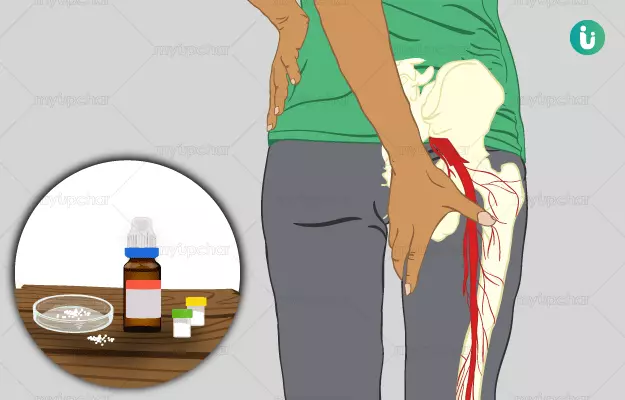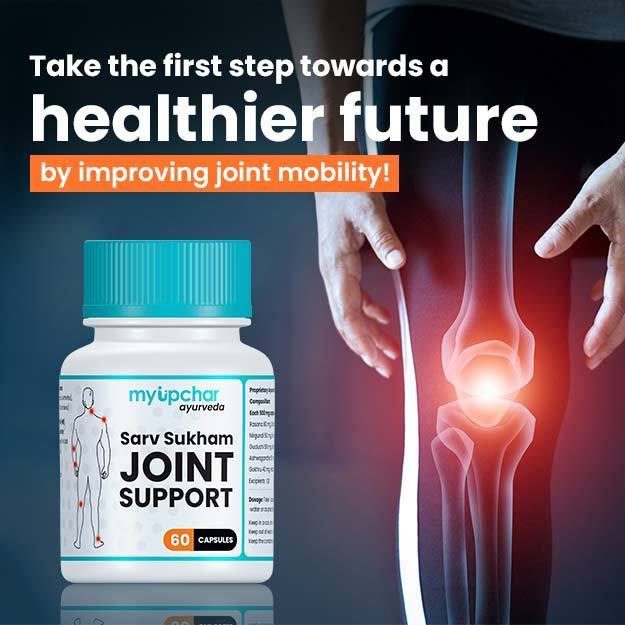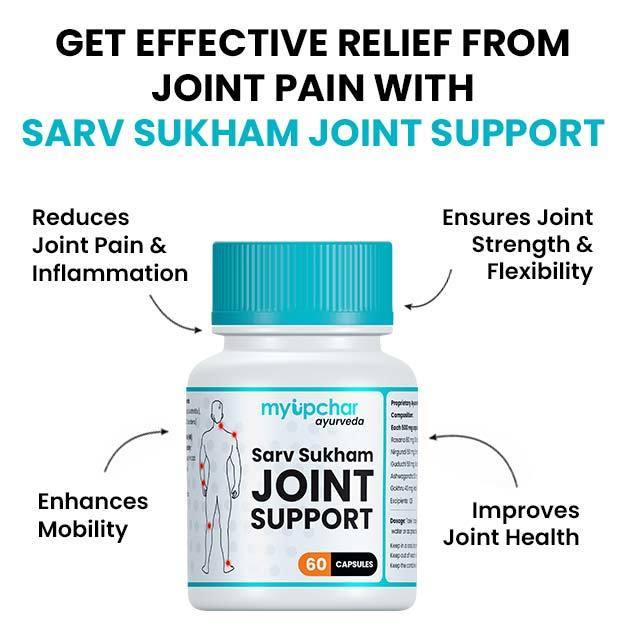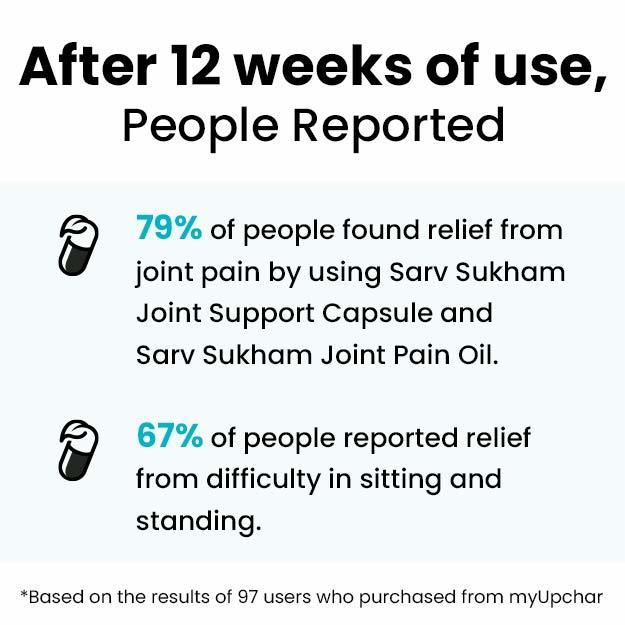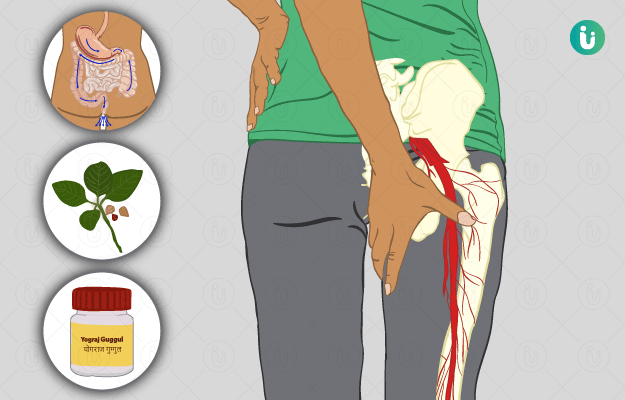Sciatica refers to a pain that occurs due to the compression of the sciatic nerve roots (initial portion of the sciatic nerve) in the lower back. Sciatica pain typically starts suddenly and travels down the back to the outer side or front of the leg (along the path of the sciatic nerve). The pain is described as shooting and usually affects only one side. It may be associated with neurologic symptoms such as numbness, tingling and weakness in various parts of the affected leg and foot. Activities like lifting heavy objects may trigger sciatica. Pressure on the sciatic nerve anywhere along its course when a disc is pushed out of place (herniated disc), lumbar spinal stenosis (narrowing of the spinal canal in the lower back), spondylolisthesis (forward slip of the disc over the vertebrae below it), tumour within the spine, infection that affects the spine or injury to the spine are also some causes linked to sciatica. Common risk factors of sciatica include age, occupation, sedentary lifestyle and hormones related to pregnancy.
Conventionally, sciatica is treated with pain killers, physiotherapy and lifestyle management, surgery is done in extreme cases when the pain does not subside and causes major discomfort to the patient.
Homeopathic treatment works on improving the overall health of the person instead. Homeopathic medicines help control the pain during sciatica attacks, prevent the recurrence of attacks, reduce stiffness and improve joint mobility. They also help slow down the progression of the disease and work on reducing the chances of relapse.
Homeopathic medicines along with physiotherapy can bring significant relief to the patient’s condition, especially in mild to moderate cases. Common remedies employed by a homeopathic physician to treat sciatica are belladonna, colchicum autumnale, phytolacca decandra, plumbum metallicum and rhus toxicodendron.
Acute and rheumatic cases of sciatica are treated with drugs like aconitum napellus and bryonia alba, while chronic cases of sciatica can be treated using arsenicum album, calcarea carbonica, phosphorus, plumbum and rhus toxicodendron. Homeopathic remedies also aid in promoting post-surgical recovery.

